


| MOQ: | 1kg |
| Price: | US $3/kg |
| Standard Packaging: | Cylinder/Tank |
| Delivery Period: | 15 days |
| Payment Method: | L/C, T/T |
| Supply Capacity: | 20000 Tons/Year |
Propane gas (C3H8) is a flammable hydrocarbon gas commonly used as a fuel for heating, cooking, and various other applications. It is a byproduct of natural gas processing and petroleum refining. Here are some key points about propane gas:
Properties: Propane gas possesses several important properties:
Flammability: Propane is highly flammable and can ignite easily when exposed to an ignition source. It has a lower flammability limit (LFL) of 2.1% and an upper flammability limit (UFL) of 9.6%.
Odor: Pure propane gas is odorless. However, an odorant called ethanethiol is added to commercial propane to give it a distinct, pungent odor. This odor serves as a safety measure to detect leaks.
Density: Propane gas is heavier than air and tends to sink to low-lying areas if released. This property should be considered when handling and storing propane.
Production: Propane is a byproduct of natural gas processing and crude oil refining. It is separated from natural gas or crude oil through a process called fractionation. Propane can also be produced during the processing of other hydrocarbon gases, such as butane and ethane.
Uses: Propane gas has various applications, including:
Residential and Commercial Heating: Propane is commonly used as a fuel for space heating, water heating, and heating appliances in homes and commercial buildings. It is often stored in pressurized tanks or cylinders.
Cooking: Propane is widely used as a fuel for cooking appliances, such as stoves, ovens, and grills. It provides an efficient and controllable heat source for cooking.
Transportation: Propane can be used as an alternative fuel for vehicles. It is commonly used in propane-powered vehicles, such as forklifts, buses, and some types of cars and trucks.
Industrial Applications: Propane is utilized in various industrial processes, including metal cutting and welding, drying and curing processes, and as a fuel for industrial boilers and furnaces.
Agriculture: Propane is used in agricultural applications, such as crop drying, weed control, and heating for livestock facilities.
Safety Considerations: When handling propane gas, it is essential to follow safety guidelines:
Storage and Handling: Propane should be stored in approved containers or tanks designed for pressurized gases. Proper handling techniques, such as securing tanks and ensuring proper ventilation, should be followed.
Leak Detection: Propane has an added odorant to help detect leaks. If a distinct rotten egg smell is detected, it may indicate a propane leak. In such cases, immediate action should be taken, such as turning off the gas supply and evacuating the area.
Ventilation: Adequate ventilation is crucial when using propane indoors to prevent the accumulation of gas and ensure proper air circulation.
Fire Safety: Propane is highly flammable, and precautions should be taken to prevent ignition sources near propane storage areas or when handling the gas.
Professional Assistance: It is recommended to consult and engage qualified professionals for the installation, maintenance, and repair of propane systems and appliances.
Please note that specific regulations, guidelines, and safety requirements for propane use may vary depending on the jurisdiction and application. It is crucial to adhere to local regulations and seek expert advice when dealing with propane gas.
| Transport Package: | 40L/47L/50L/118L/926L | Melting Point | -187.6 ºC |
| Trademark: | CMC | Boiling Point | -42.1 ºC |
| Specification | 99.50% | Production Capacity | 1, 000, 000ton/Year |
| Cylinder Pressure | 15MPa/20MPa | Valve | Cga350/Bwf-1 |
Specification:
Dot Class:2.2
State: Liquid
Purity: 99.5%
UN NO: UN1978
CAS NO: 74-98-6
Grade Standard: Industrial Grade
|
Specification |
≥99.5 |
% |
|
Methane (CH4) |
≤100 |
ppmv |
|
Ethane(C2H6) |
≤250 |
ppmv |
|
Propylene(C3H6) |
≤1000 |
ppmv |
|
Moisture(H2O) |
≤3 |
ppmv |
|
Sulfur |
≤1 |
ppmv |
|
Isobutane(C4H10) |
≤2500 |
ppmv |
|
N-butane(C4H10) |
≤1000 |
ppmv |
| Cylinder Specifications | Contents | |
| Cylinder Capacity | Valve | Weight |
| 47L | CGA350 | 19 kgs |
| 118L | BWF-1 | 45 kgs |
| 926L | BWF-1 | 375 kgs |
| ISO TANK | 10 Tons | |
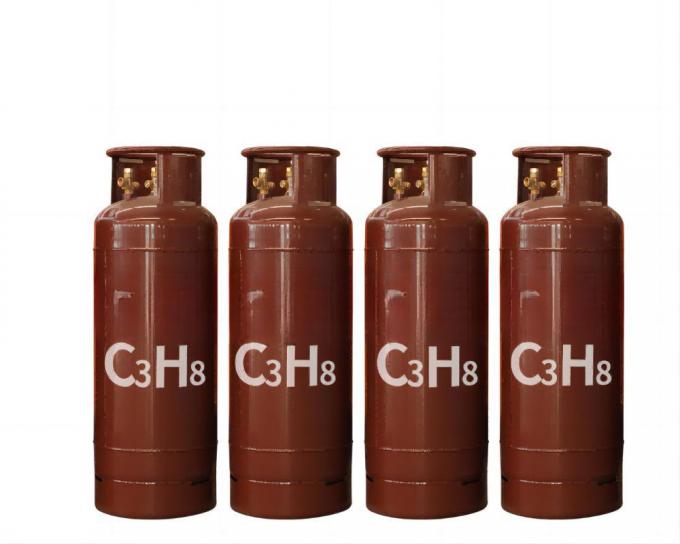
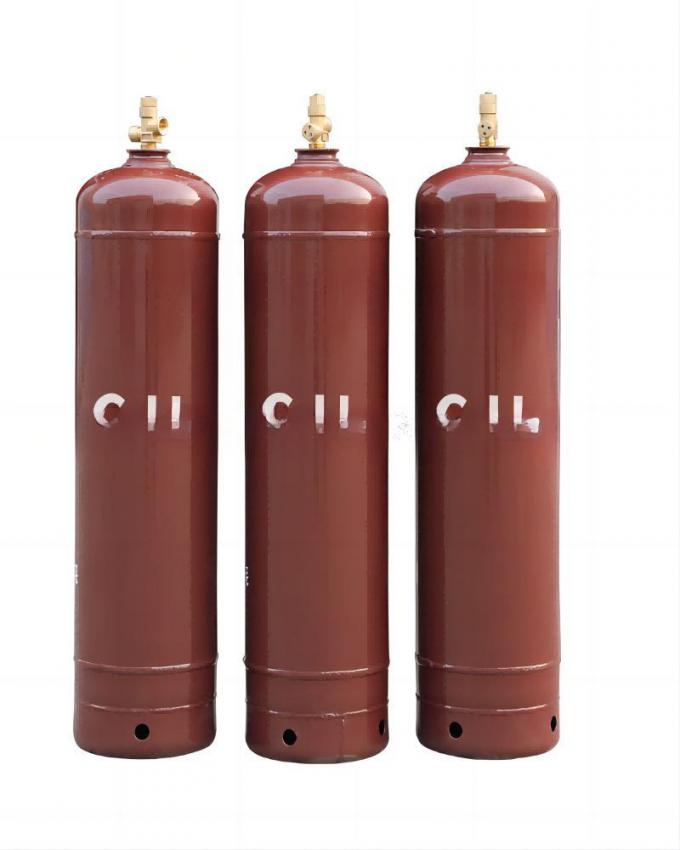
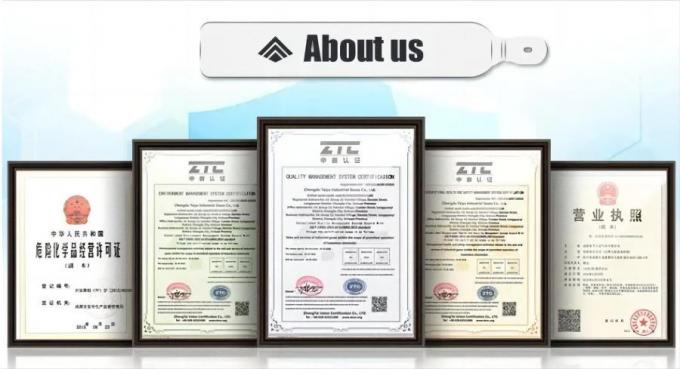
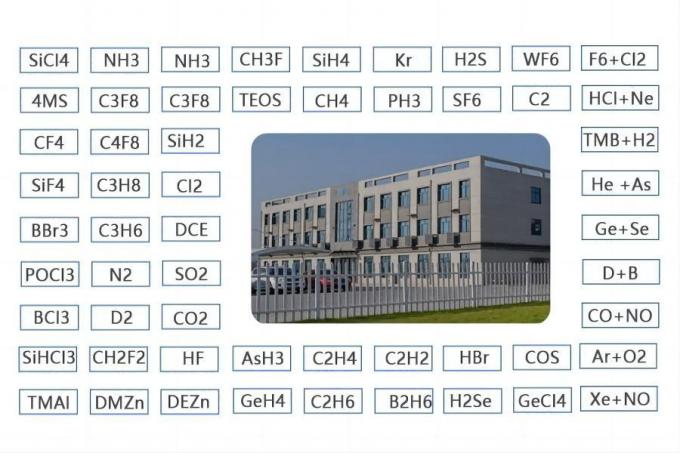
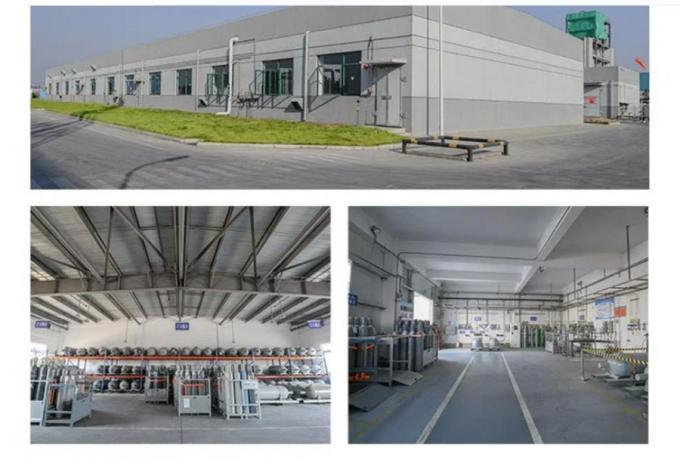

| MOQ: | 1kg |
| Price: | US $3/kg |
| Standard Packaging: | Cylinder/Tank |
| Delivery Period: | 15 days |
| Payment Method: | L/C, T/T |
| Supply Capacity: | 20000 Tons/Year |
Propane gas (C3H8) is a flammable hydrocarbon gas commonly used as a fuel for heating, cooking, and various other applications. It is a byproduct of natural gas processing and petroleum refining. Here are some key points about propane gas:
Properties: Propane gas possesses several important properties:
Flammability: Propane is highly flammable and can ignite easily when exposed to an ignition source. It has a lower flammability limit (LFL) of 2.1% and an upper flammability limit (UFL) of 9.6%.
Odor: Pure propane gas is odorless. However, an odorant called ethanethiol is added to commercial propane to give it a distinct, pungent odor. This odor serves as a safety measure to detect leaks.
Density: Propane gas is heavier than air and tends to sink to low-lying areas if released. This property should be considered when handling and storing propane.
Production: Propane is a byproduct of natural gas processing and crude oil refining. It is separated from natural gas or crude oil through a process called fractionation. Propane can also be produced during the processing of other hydrocarbon gases, such as butane and ethane.
Uses: Propane gas has various applications, including:
Residential and Commercial Heating: Propane is commonly used as a fuel for space heating, water heating, and heating appliances in homes and commercial buildings. It is often stored in pressurized tanks or cylinders.
Cooking: Propane is widely used as a fuel for cooking appliances, such as stoves, ovens, and grills. It provides an efficient and controllable heat source for cooking.
Transportation: Propane can be used as an alternative fuel for vehicles. It is commonly used in propane-powered vehicles, such as forklifts, buses, and some types of cars and trucks.
Industrial Applications: Propane is utilized in various industrial processes, including metal cutting and welding, drying and curing processes, and as a fuel for industrial boilers and furnaces.
Agriculture: Propane is used in agricultural applications, such as crop drying, weed control, and heating for livestock facilities.
Safety Considerations: When handling propane gas, it is essential to follow safety guidelines:
Storage and Handling: Propane should be stored in approved containers or tanks designed for pressurized gases. Proper handling techniques, such as securing tanks and ensuring proper ventilation, should be followed.
Leak Detection: Propane has an added odorant to help detect leaks. If a distinct rotten egg smell is detected, it may indicate a propane leak. In such cases, immediate action should be taken, such as turning off the gas supply and evacuating the area.
Ventilation: Adequate ventilation is crucial when using propane indoors to prevent the accumulation of gas and ensure proper air circulation.
Fire Safety: Propane is highly flammable, and precautions should be taken to prevent ignition sources near propane storage areas or when handling the gas.
Professional Assistance: It is recommended to consult and engage qualified professionals for the installation, maintenance, and repair of propane systems and appliances.
Please note that specific regulations, guidelines, and safety requirements for propane use may vary depending on the jurisdiction and application. It is crucial to adhere to local regulations and seek expert advice when dealing with propane gas.
| Transport Package: | 40L/47L/50L/118L/926L | Melting Point | -187.6 ºC |
| Trademark: | CMC | Boiling Point | -42.1 ºC |
| Specification | 99.50% | Production Capacity | 1, 000, 000ton/Year |
| Cylinder Pressure | 15MPa/20MPa | Valve | Cga350/Bwf-1 |
Specification:
Dot Class:2.2
State: Liquid
Purity: 99.5%
UN NO: UN1978
CAS NO: 74-98-6
Grade Standard: Industrial Grade
|
Specification |
≥99.5 |
% |
|
Methane (CH4) |
≤100 |
ppmv |
|
Ethane(C2H6) |
≤250 |
ppmv |
|
Propylene(C3H6) |
≤1000 |
ppmv |
|
Moisture(H2O) |
≤3 |
ppmv |
|
Sulfur |
≤1 |
ppmv |
|
Isobutane(C4H10) |
≤2500 |
ppmv |
|
N-butane(C4H10) |
≤1000 |
ppmv |
| Cylinder Specifications | Contents | |
| Cylinder Capacity | Valve | Weight |
| 47L | CGA350 | 19 kgs |
| 118L | BWF-1 | 45 kgs |
| 926L | BWF-1 | 375 kgs |
| ISO TANK | 10 Tons | |




